Rescuing abandoned puppies is not enough: understanding population dynamics
Population dynamics help us understand where dogs living on the streets come from and how to address overpopulation.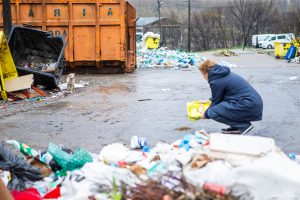
Observing the dogs out on the streets is one of the most fascinating aspects of our work
Rescuing abandoned puppies from the streets is not enough. The goal of our work is to understand where they come from. In areas like Cernavoda in Romania, where there are many animals roaming the streets freely, it is crucial to learn how to identify the different types of dogs, whether they be strays, owned free roaming dogs, neighborhood dogs, lost dogs, or abandoned puppies… Knowing how to distinguish these categories helps us determine how and when to intervene. This is where population dynamics come into play.
Understanding the origins of the stray dogs
Observing the dogs out on the streets is one of the most fascinating aspects of our work. It is often assumed that all these animals are simply wandering about, incorrectly labeling them as strays, animals without a family, born and raised on those same streets, and coming from a long generation of similar animals.
In reality, it is quite rare to find dogs with such a lineage, because most do have someone who takes care of them. They are simply allowed to roam the streets unsupervised, which is why we and other organizations working to combat overpopulation make a primary distinction between unowned and owned roaming dogs.
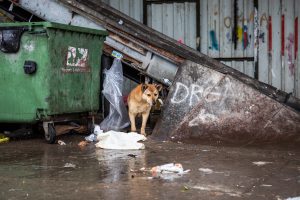
The groups of roaming dogs are not isolated, but continually interact
The first category generally includes those identified as strays, while the second includes all family dogs that are left free on the streets during the day but may return home in the evening, lost dogs, abandoned dogs, and neighborhood dogs, etc.
Each of these categories (strays, family dogs, neighborhood dogs) represents a subpopulation, a subgroup of animals with similar backgrounds. Together, these groups make up the canine population of a particular region, in our case, the area of Cernavoda.
But why is it important for us to know these details?
Understanding population dynamics helps us decide how best to intervene
These different groups are not isolated, but continually interact. These interconnections, known as population dynamics, provide a complete picture of the situation we need to address.
Let us, for example, consider a puppy born in a family household from an owned dog. Throughout its life, it might stay in that home, or it may be abandoned and thus become a an unowned roaming dog. Over time, it might find someone to care for it and settle in a particular area, becoming a neighborhood dog. Alternatively, it could be adopted by another family and revert to being a pet dog. A single puppy can thus transition from being an owned dog to an unowned dog, or from a neighborhood dog back to being an owned dog.
Read Also: How a spayathon works. Behind the scenes of a sterilization marathon
This demonstrates that all these different categories are constantly interacting, an aspect that must never be forgotten when working in the field.
With regard to overpopulation, it is important to distinguish the causes from the consequences
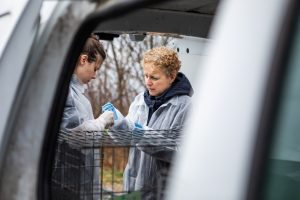
People often think that addressing overpopulation simply means rescuing litters found on the streets. But once a dog ends up on the street, it’s already too late
People often think that addressing overpopulation simply means rescuing litters found on the streets. But once a dog ends up on the street, it’s already too late. To understand why, we need to reflect on the role of population dynamics.
Most abandoned litters are born to unsterilized owned dogs that are allowed to roam around freely.
Imagine, for example, a female dog that has a home, a family and people who care for her, yet is allowed to roam freely on the streets all day without supervision. It is as though she has a parallel life that her owners know nothing about. When she goes into heat, she will most likely mate with other dogs, irrespective of whether they have homes or not.
A few months later, the owners will therefore probably find themselves with an unexpected litter at home that they had not planned for, which they cannot or do not want to take care of. At this point, those puppies may well be abandoned on the streets or left in front of a shelter or, worse still, suppressed.
Read Also: Do you know 67,000 people who are willing to adopt a puppy?
The situation is similar for male dogs, who can easily mate with other females, given the opportunity. These females, if they have owners, will return home with an unplanned litter, or give birth on the streets if they are strays.
Consequently, in this way cities start to fill up with dogs, exacerbating the very problem of overpopulation that we are trying to combat.
This is why, when studying population dynamics, it is so crucial to identify the root causes: which groups of dogs are causing the problem? Why are these puppies being born? Who gave birth to them? Where were they born?
Our experience in Cernavoda
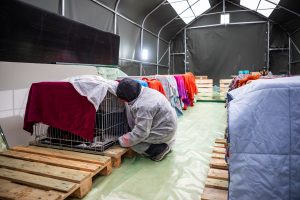
In Cernavoda, we find that most of the litters we rescue come from frree roaming owned dogs
In Cernavoda, we find that most of the litters we rescue come from frree roaming owned dogs. These dogs are not sterilized and freely mate when they are on heat, producing litters that the family cannot or will not manage, resulting in their being abandoned.
To combat this, we are providing sterilization campaigns free of charge to the local community, trying to raise awareness about responsible pet ownership and stressing the importance of not letting their pets roam unsupervised for their own safety and that of others.
By engaging with the community and knowing the animals that live inside and around the city, we also sterilize unowned roaming dogs to reduce the chances of them mating with other animals, whether they have a family or not.
This strategy addresses the root causes of overpopulation (uncontrolled births) rather than just the consequences (abandonment). Only with this approach can we achieve lasting change.
Unfortunately, simply rescuing abandoned puppies is not enough.
